Inspeção Baseada em Risco: conheça a metodologia RBI
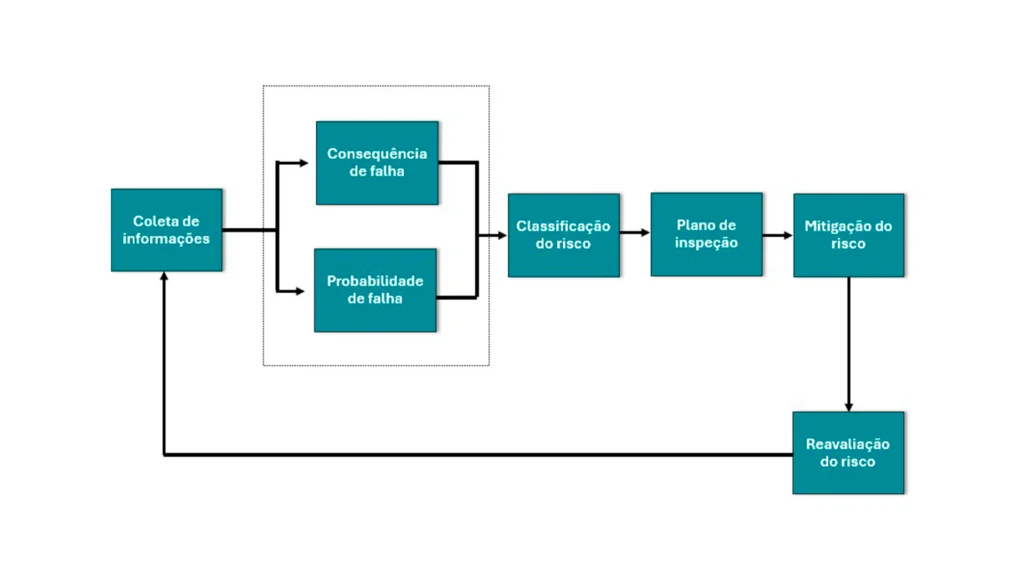
Saiba como a metodologia RBI contribui para a integridade estrutural, reduz custos operacionais e fortalece a gestão de ativos industriais com foco em risco.
Structural analysis, rebalancing and mechanical analysis of a wagon turntable: Succes story
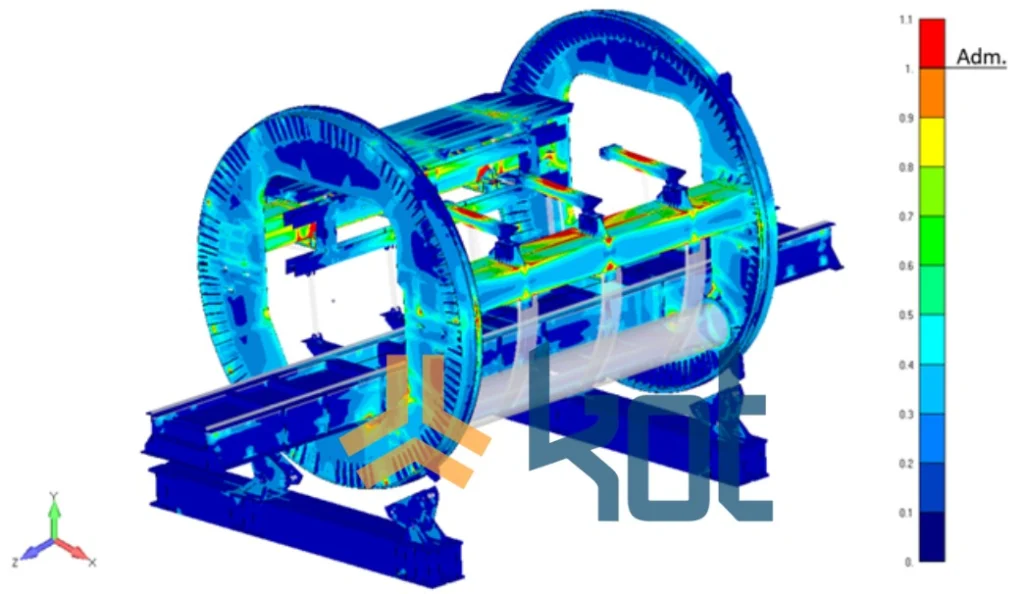
Structural and mechanical study of a wagon turntable using FEM, rebalancing and corrective actions to increase service life and prevent failures.
Fenders and their importance to the integrity of port structures
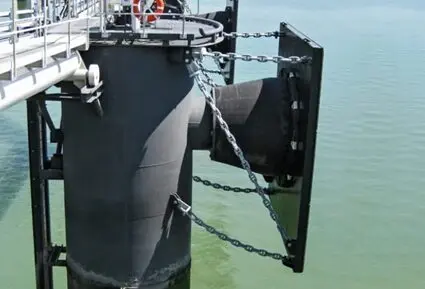
Understand the importance of fenders in protecting port structures in the face of the increasing size of modern vessels.
Risk management in industry
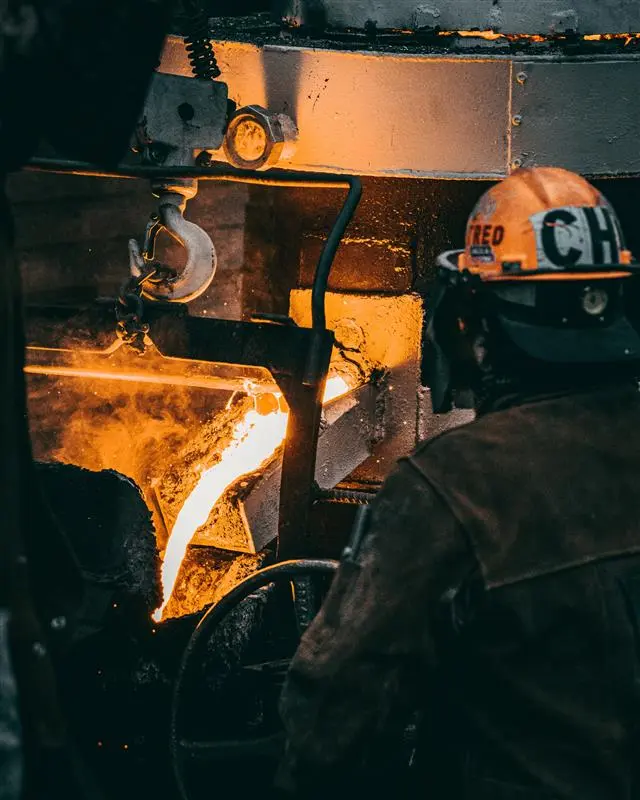
Industry risk management: identify, analyze and mitigate threats to ensure security, efficiency and operational continuity.
Finite element software from Kot: get to know Procal

Procal, Kot's finite element software, offers more agile, assertive analyses focused on the specific needs of customers.
Structural survey by Non-Destructive and Destructive Testing
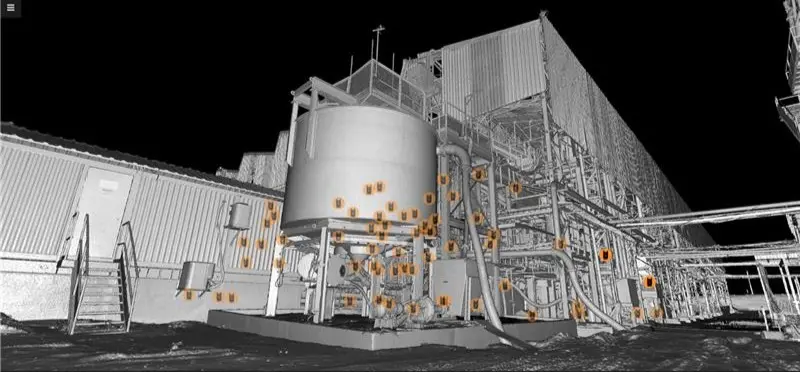
Structural survey techniques and evaluation of elements such as concrete and steel, using non-destructive methods for greater precision and safety
Excessive vibration caused by frequency inverter: Succes story
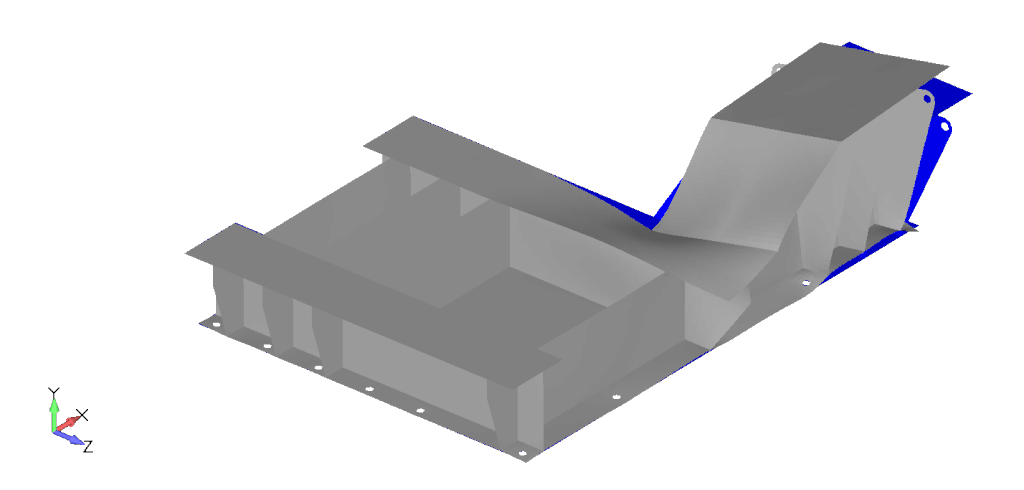
Excessive vibration in systems with frequency inverters was solved with vibration measurement with a camera and computer analysis.
Fracture mechanics of concrete

Learn how reinforced concrete reacts to different stresses and how fracture mechanics helps assess its strength and durability.
Problems of instability in the sides of thin-walled tanks

Find out a little more in this article by Kot about some common instability problems in the sides of thin-walled tanks.
Fluid dynamic analysis of an offshore heliport
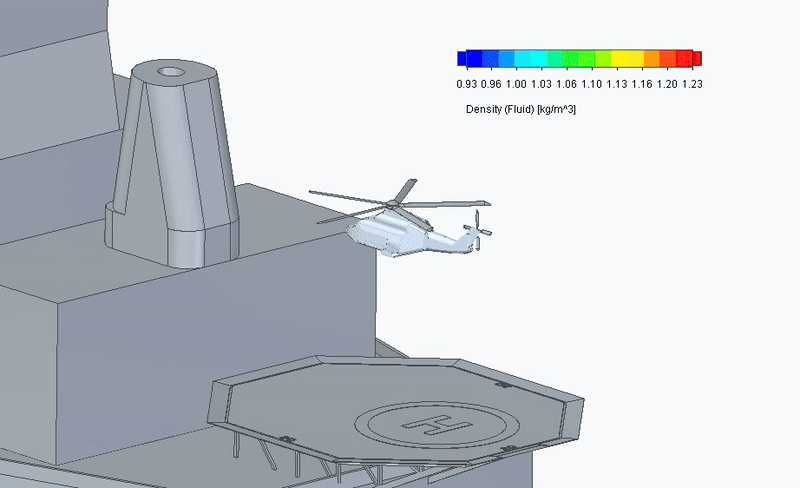
Find out a little more in this article about how Kot Engenharia carried out a Fluid Dynamics Analysis of an offshore heliport.